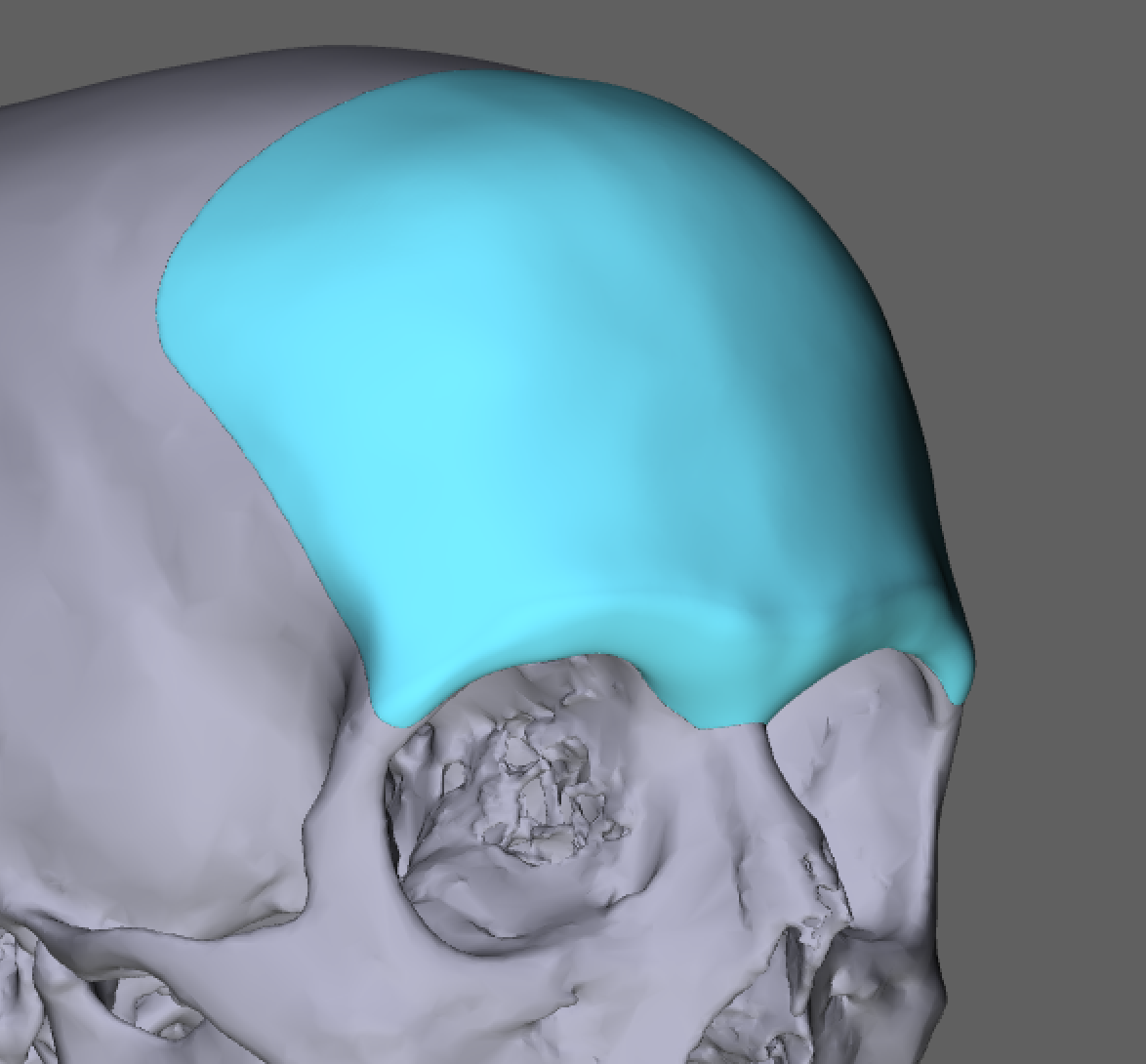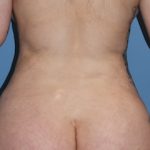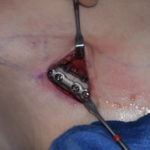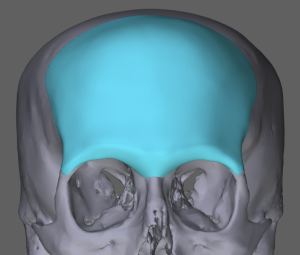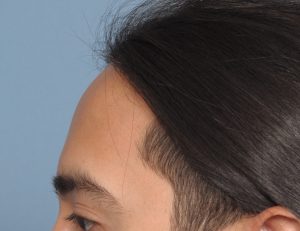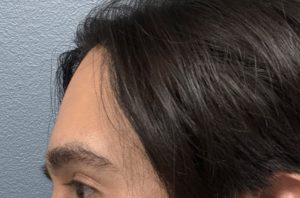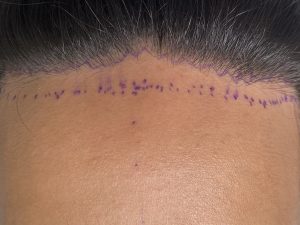Combining Forehead Augmentation and Frontal Hairline Advancement: A Case Study
The forehead is one of the most prominent thirds of the face, and its size and shape significantly influence facial aesthetics. Forehead reshaping generally involves either reduction or augmentation, which can address both the soft tissue and bony components.
A common soft tissue reduction is shortening a high forehead through a frontal hairline advancement, often paired with bony contouring of forehead bossing or horns. Conversely, augmentation to create a fuller, broader, or less sloped forehead is best achieved with a custom forehead implant—typically performed as a standalone procedure.
However, there are select cases where combining a frontal hairline advancement and forehead augmentation is appropriate. This approach requires careful planning, as the two procedures create opposing effects on the forehead skin and hairline position.
Balancing Reduction and Augmentation
Frontal hairline advancement works by excising forehead skin and moving the hairline forward. In contrast, forehead augmentation requires expansion of the overlying skin to accommodate the implant. Because these movements are diametric, combining them can limit the extent of each.
When planning a combined procedure, it is critical to establish whether the primary goal is reduction (shortening the forehead) or augmentation (creating more projection and shape), and to adjust the secondary procedure accordingly. The amount of scalp elasticity also plays a crucial role in determining how much advancement can realistically be achieved.
Case Study
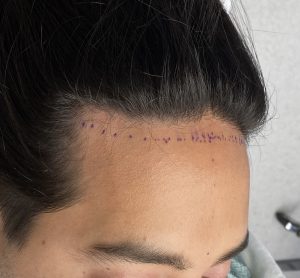
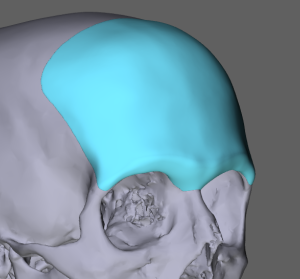
Surgical Approach
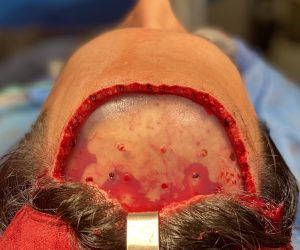
Results

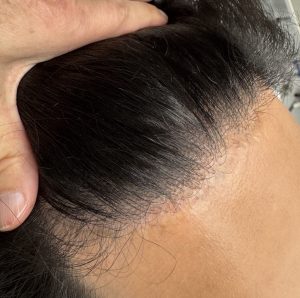
Key Takeaways
-
Balancing Goals: Combining frontal hairline advancement and forehead augmentation is possible, but the opposing forces on the skin can affect the final outcome and increase the risk of noticeable scarring.
-
Ideal Candidates: This combined approach works best in patients with good scalp elasticity and when only modest advancement is required.
-
When to Stage Procedures: In patients with tight scalps or when a significant hairline advancement is desired, it is better to stage the procedures—performing the advancement first and deferring augmentation.- Dr. Barry EppleyWorld-Renowed Plastic Surgeon

